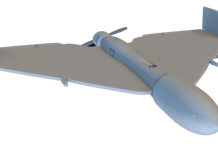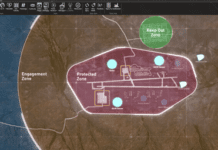This post is also available in:
 עברית (Hebrew)
עברית (Hebrew)
A novel wearable liquid-based wearable technology can harvest energy for self-powered devices. This will pave way for advancements in self-powering devices such as consumer electronics and defense innovations.
A liquid-metal-inclusion based triboelectric nanogenerator (TENG) called LMI-TENG was developed by a research team from Purdue University. Triboelectric energy harvesting transducers are devices that help in conserving mechanical energy and turning it into power.
TENG technology, upon which the development is based, harvests electricity from the friction of two materials rubbing against each other to form a charge.
Wenzhuo Wu, an Assistant Professor of Industrial Engineering said, “Our technology will enable wearable electronics to take otherwise wasted energy and transform it into energy that can power and control electronic devices and tools used in military defense and consumer applications. Our technology allows the synergistic engineering of TENG components at the material, structural and output levels.”
The technology is capable of harvesting and sensing the biomechanical signals from the body. This can be further used to help power and direct technological devices, according to businesshearld.co.
During their work, the team encountered numerous difficulties designing and developing stretchable, wearable TENGs with improved performance, Wu said. At some point, however, the team realized that liquid represents the ultimate form of anything that can be deformable and morphing into different shapes. The layer of liquid metal embedded functional silicone sandwiched between two Ecoflex layers is present in the LMI-TENG.
Researchers said that this new technology will find applications in many self-powered innovations for emerging technologies, such as wearable sensors, pervasive computing, advanced health care, human-machine interfaces, robotics, user interfaces, augmented reality, virtual reality, teleoperation, and the Internet of Things.
“The devices can be worn on the human body, and harvest the mechanical energy from the body motion or muscle movement,” Wu said. The team plans to continue to advance the design and development aspects of its proof-of-concept application and is seeking partners to help it in its mission, as designnews.com reports.


























